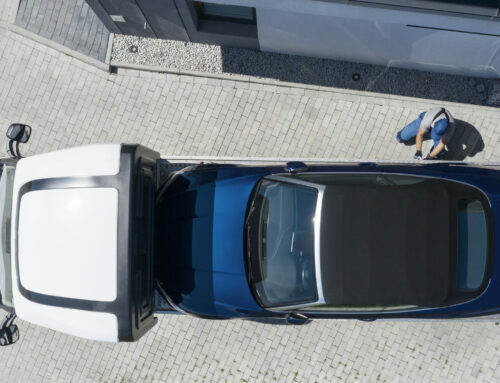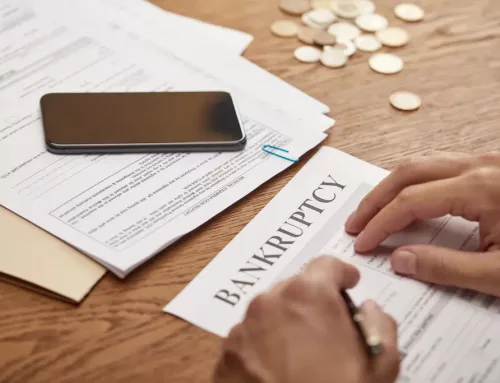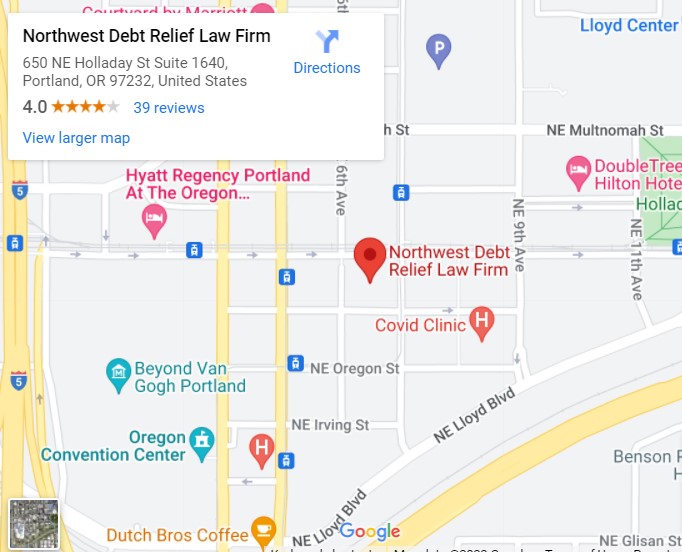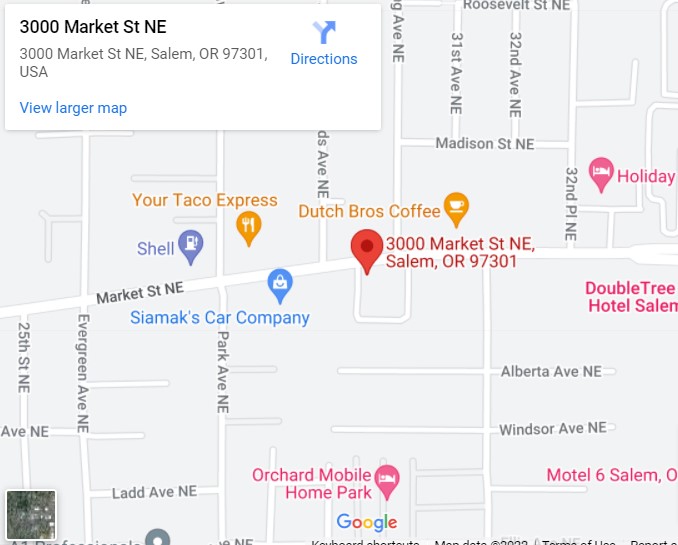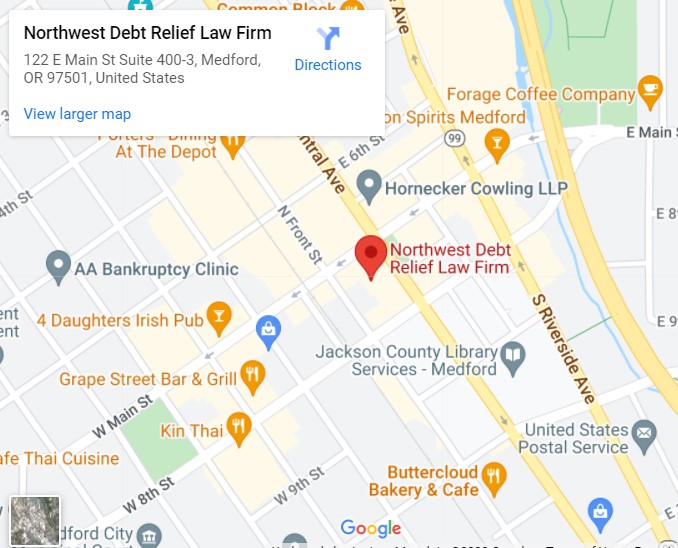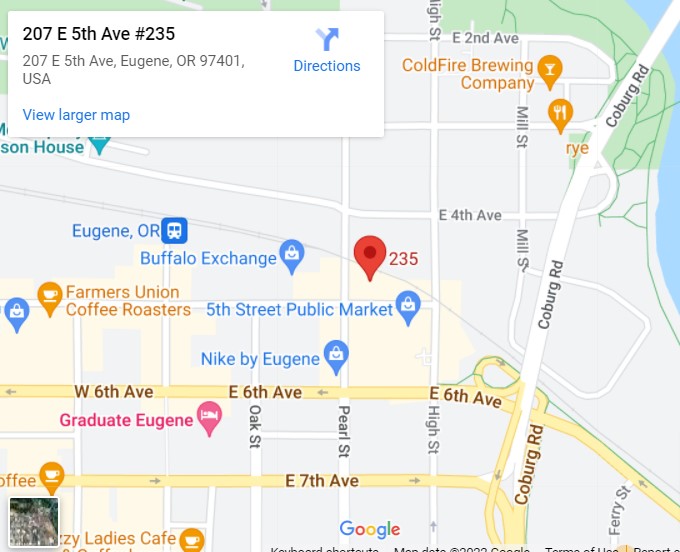So, you’ve already filed for bankruptcy. With the automatic stay in effect, creditors, especially the abusive ones, wouldn’t be able to bug you. However, it’s inevitable to face renewed financial difficulties soon after emerging from bankruptcy.
If you’re thinking of filing for a second time, you may want to learn about the governing rules on repeat filings. It’s because you can lose the automatic stay for multiple bankruptcy filings.
To avoid forfeiting your rights to bankruptcy benefits, read this blog post. Let our bankruptcy attorney from Northwest Debt Relief Law Firm discuss everything you need to know about the automatic stay provision and the effects of losing this privilege due to serial filing. But before diving into these discussions, here’s a quick refresher course on automatic stay.
What is an automatic stay?
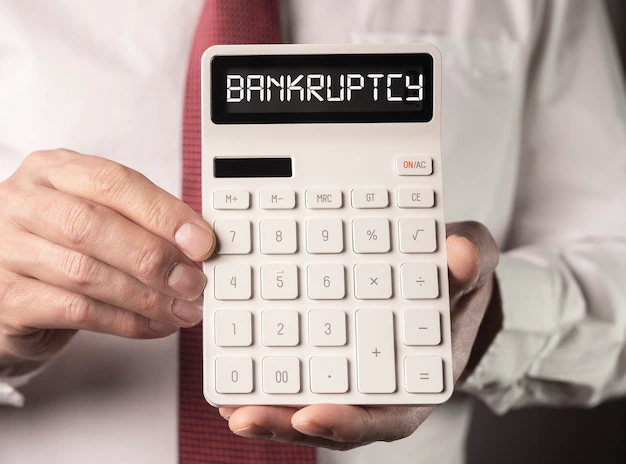
An automatic stay is a provision in the US Bankruptcy Code that temporarily prevents creditors, collection agencies, government entities, and others from contacting or requesting money from their debtors.
Immediately after a debtor files for bankruptcy, the automatic stay takes effect. Its enforcement will protect debtors against creditors who want to start or continue pursuing a debtor or the debtor’s property.
However, this petition does not apply to non-debtor entities, such as corporate affiliates, corporate officers, co-defendants, or guarantors.
What activities are subject to the automatic stay?
As mentioned, the automatic stay protects debtors from the creditors’ collection activities. When the creditor receives a notice from the court regarding the debtor’s bankruptcy, the following activities are subject to this federal court order:
- Foreclosure proceedings
- Tenant eviction
- Utility disconnections
- Collection of overpaid public benefits
- Multiple wage garnishment
Unless the creditor properly files and serves a motion for relief from the automatic stay, the injunction will not be removed or modified. Of course, it depends on the bankruptcy judge granting the motion.
What activities are not subject to the automatic stay?
There are, however, debtor proceedings and obligations that are not subject to an automatic stay. Child support and alimony payments are sample obligations not protected by the automatic stay provision. Others include:
- Money owed because of a criminal proceeding
- Interception of a tax refund for domestic support obligations.
- Action by a landlord of a nonresidential lease that expired before the filing of a petition
- Tax obligations, including audits, demand for tax returns, and tax assessment
- Domestic proceedings, such as dissolution of marriage and domestic violence
What is the consequence of violating the automatic stay?
Once the automatic stay is in effect, the creditor must honor the provision and refrain from contacting the debtor. Should the creditor violate this federal injunction, the debtor can file a lawsuit against the creditor’s company. Violators could face serious repercussions that may result in court fines.
It’s important to remember that these consequences only apply when there’s a willful violation. Sometimes, miscommunication occurs between the creditor and the bankruptcy court, resulting in an unintentional violation.
In other words, the debtor typically may only recover damages if the creditor has a deliberate intent to violate the automatic stay. For instance, the creditor inadvertently moved to foreclose the debtor’s estate. If the violation is proven, the creditor must return the property immediately to the debtor.
How long will an automatic stay in effect?
An automatic stay remains as long as the bankruptcy proceeding continues and the court issues a bankruptcy discharge to the debtor. However, there are instances where an automatic stay can be cancelled or lifted:
- When the property serving as collateral has no equity
- If the litigation doesn’t affect the bankruptcy case
- The debtor has more than one bankruptcy case pending at the same time (repeat bankruptcy filing)
These conditions only mean that the automatic stay isn’t absolute.
Creditors—for their benefit—could file a motion to lift the stay before the bankruptcy case is closed, as long as they get the judge’s permission first. An automatic stay will not also apply in cases where litigation can’t move forward. These situations include criminal matters, domestic proceedings, and support obligations.
Lastly, multiple bankruptcy filings can affect your automatic stay timeline or cancel it altogether. It’s because the bankruptcy law determines the time limits on the type or chapter you choose during your filing. And these limits apply only to bankruptcies where you have received a debt discharge.
Losing an automatic stay for repeat bankruptcy filings
Bankruptcy is in place to provide debtors financial safety net. And an automatic stay is imposed to give further relief to such a crisis. However, some rules are just meant to be violated, whether intentionally or accidentally. And a court order such as an automatic stay is no exemption.
The accounts of serial filing in the past led to the Bankruptcy Abuse Prevention and Consumer Protection Act of 2005 (“BAPCPA”)
One of the amendments was to limit or eliminate the automatic stay protections for repeat filings within one year.
Yes, you can lose your rights to an automatic stay if the court finds out that you’ve acted in bad faith while filing a second case.
If you’re wondering when to file for bankruptcy protection again, you have to recognize first what type of bankruptcy you filed before and what kind of bankruptcy you want to file now. In this regard, let’s talk about the two most common types of bankruptcy.
Chapter 7 bankruptcy
Chapter 7 or liquidation bankruptcy, is a typical legal process to clear your debt. It works by protecting the property you need to live a dignified life. But if you have numerous properties, the bankruptcy trustee may liquidate (sell) them and use the sales proceeds to pay creditors.
While bankruptcy falls under federal law, every state has its way of deciding the type and amount of property you can exempt. Some states are more generous than others; thus, exemptions may vary.
If you previously filed Chapter 7 bankruptcy, you’ll need to wait eight years after your first filing to be eligible for another discharge under Chapter 7.
So, filing another bankruptcy within a year of your first case’s dismissal will result in the denial of discharge in the second case. Also, the automatic stay will terminate within 30 days of the new case filing. The court might also find your filing abusive, which might prevent you from using Chapter 7 and exercising your automatic stay rights.
Chapter 13 bankruptcy
Unlike a Chapter 7 case, Chapter 13 bankruptcy allows debtors to restructure bills over three to five years; in some cases, they may pay less than what they owed.
A typical Chapter 13 filer has a regular income and can repay creditors some amount that may not be the total unpaid balance. Other debtors only need some time to catch up on bills without facing collection lawsuits or wage garnishments.
Just like in Chapter 7, the automatic stay takes effect right away once you file for Chapter 13 bankruptcy. Remember, though, that you’re only allowed to file for a second Chapter 13 bankruptcy two years after the first filing. Violating this rule will also lead to terminating your automatic stay.
Seek expert advice from bankruptcy lawyers in Portland
The quickest way to relieve yourself from debt is to file for bankruptcy. Whether you file a Chapter 7 or 13 case, the weight of living in debt is somehow made bearable because of an automatic stay.
However, we talked about how the same financial issues could arise soon after a previous debt has been resolved. As a result, you might file for a second case the same year without knowing the time limits or waiting periods on bankruptcy discharges. If you’re found acting in bad faith, you might lose your automatic stay.
The question now is, how can you avoid committing such a mistake?
First, you need a bankruptcy attorney in Portland to help you understand the best debt relief option that fits you. Hiring a bankruptcy lawyer will make your filing easier.
Second, seek expert advice when switching one chapter case to another. Ask your lawyer when filing for multiple bankruptcy cases is a smart decision.
Reach out to Northwest Debt Relief Law Firm to get the assistance you need. We believe that bankruptcy is not necessarily the end of financial freedom—it can be the beginning. So, talk to our most trusted debt relief lawyers to receive the best legal services. This decision could be your first step to living a debt-free life.

